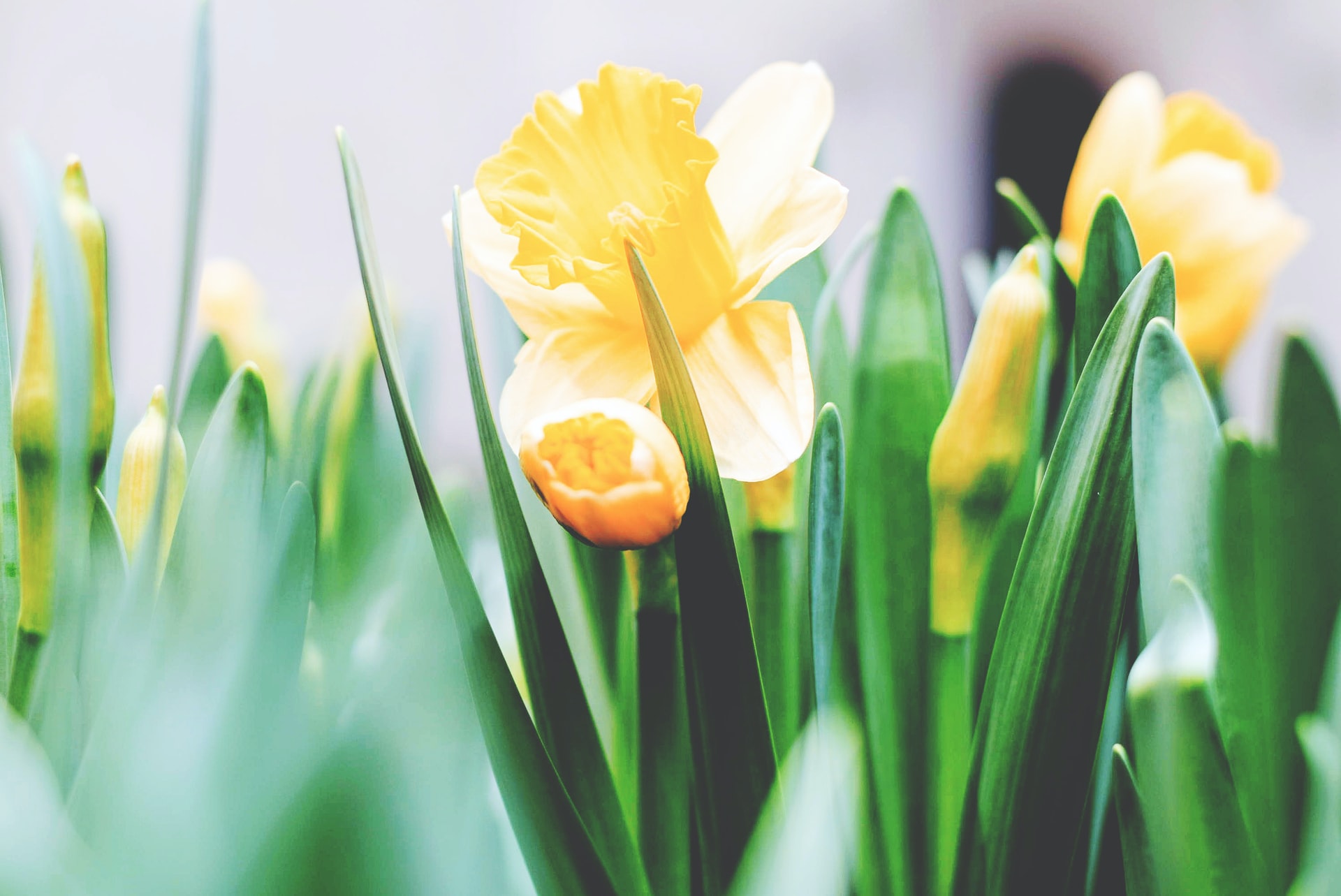Once an infectious disease strikes garden plants, it is not always easy to identify the problem to correct it. Many diseases mimic insect damage, and even when they can be identified, they are not always successfully treated before the damage is devastating and irreparable. Garden diseases are not entirely avoidable, but there are ways to help prevent viral, bacterial, and fungal diseases. Prevent problems before they start to ensure a healthy and abundant garden.
Soil Preparation
To prevent diseases, always begin with healthy, rich, well-prepared soil. Begin by working the soil to soften it and eliminate large clumps, and remove all weeds and debris such as rocks, leaves, weeds, and sticks. Blend in organic matter, preferably mulch, or compost, to give your plants the healthy start they require to flourish.
Selecting Plants
Careful plant selection is also essential in preventing problems, and if you do not start out with healthy plants, your entire garden may be prone to diseases and devastation. Begin with healthy, certified, disease-resistant plants, and thoroughly inspect the stems and blossoms as well as both sides of the leaves. Do not buy plants unless they are vigorous and healthy, and you will greatly reduce the chance of spreading diseases throughout your garden.
Plant Placement
Allow plenty of room in between garden plants to provide adequate air circulation and room for aerating the soil, weeding, mulching, pruning, and harvesting. Sufficient space in between plants will also enable the soil to properly dry after watering, and diseases will be less likely to settle in. For best results, follow planting recommendations regarding proper spacing for specific plants.
Garden Tools
Did you know that tools could easily spread diseases throughout a garden? If tools have been in contact with diseased plants and soil, they can quickly transfer infection from one plant to another. Always clean and disinfect garden tools after every use, especially when working with plants that are diseased.
To make a highly effective disinfecting spray simply combine one part household bleach to ten parts water in a large spray bottle. Brush off dirt and debris, and mist garden tools after each use. Before switching from one plant or area of the garden to another, give garden tools a generous misting of disinfectant. Spray shovels, spades, rakes, pruning shears, and all other garden tools. This will greatly help prevent the spread of disease, especially when it is not apparent.
Maintenance
Weeds and debris create the ideal breeding ground for plant and soil-borne diseases of many varieties, and keeping your garden weeded and free from leaves, paper, and other debris will greatly help prevent infection and devastation. Remove weeds and other debris on a weekly basis, and do not place potentially diseased foliage in your compost pile. Any foliage or debris that appears to be diseased should be disposed of somewhere else to avoid contaminating healthy plants and soil.
Watering
Carefully water garden plants near the base rather than soaking them from top to bottom. Many diseases thrive in the soil, and muddy water splashed onto plants will quickly spread infection. Additionally, avoid watering late in the day so excess moisture has a chance to evaporate rather than saturate the soil and roots for long periods of time. Whenever possible, water your garden early in the morning, and consider using a soaker hose to avoid splashing foliage. Your garden will have a better chance of remaining healthy and free from diseases all season long.

